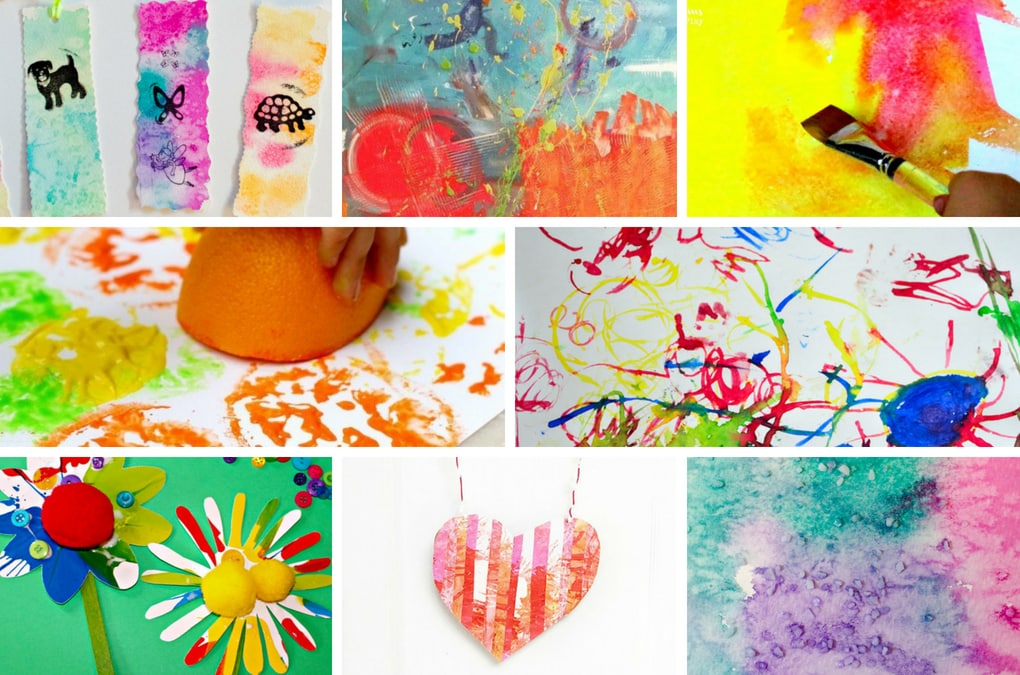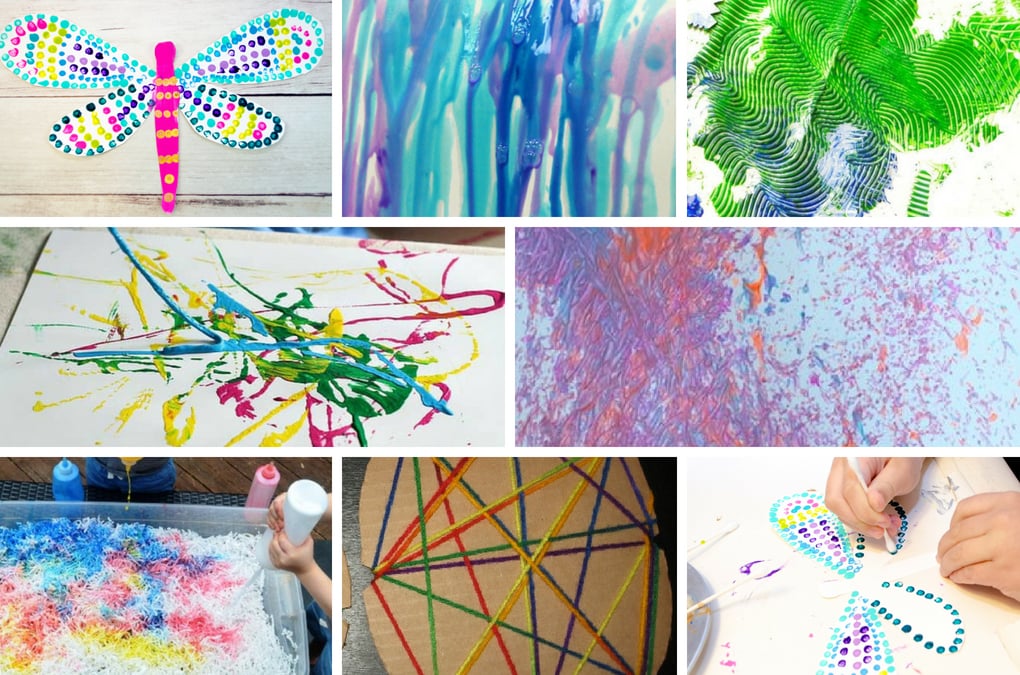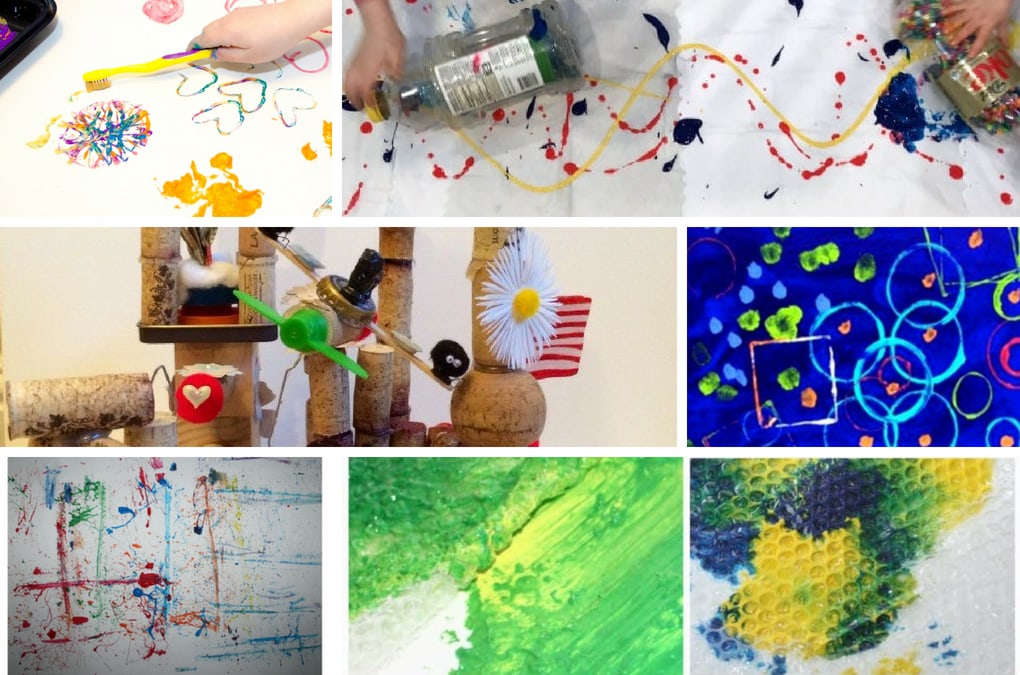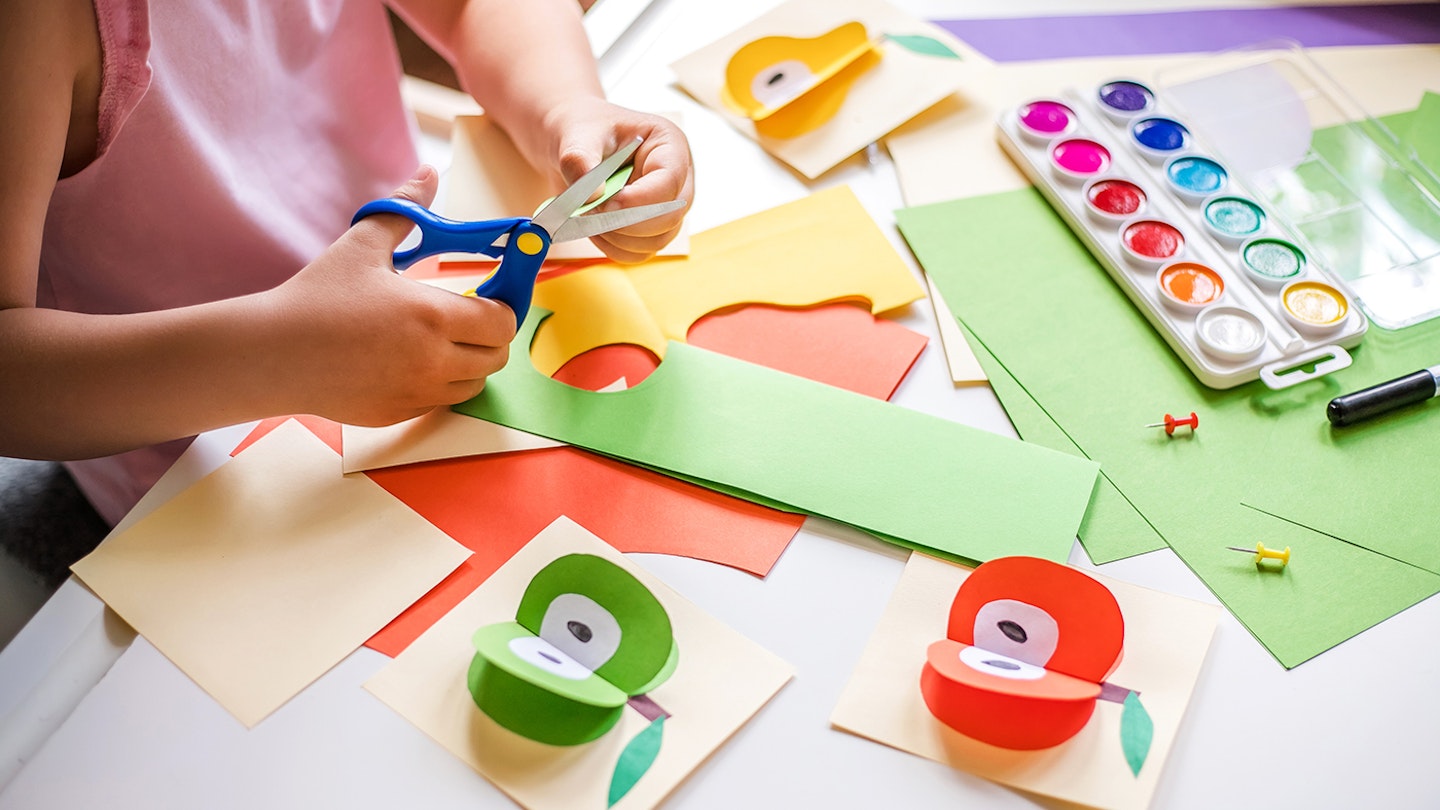
Engaging young children in arts and crafts activities not only provides them with an outlet for creativity but also enhances their cognitive, motor, and social skills. At the age of 3, children are full of curiosity and imagination, making it an ideal time to introduce them to the world of arts and crafts. In this blog article, we will explore three exciting parts of creative fun for little ones, each containing two levels of content. Let’s dive in and discover the world of engaging arts and crafts for 3-year-olds!

Part 1: Exploring Colors and Shapes
Level 1: Basic Color Exploration
At this stage, 3-year-olds are just beginning to understand and identify colors. Start with simple activities that introduce primary colors: red, blue, and yellow. Some exciting ideas for basic color exploration include:
- Finger Painting: Allow your little one to dip their fingers into non-toxic, washable paint and create colorful masterpieces on paper. Encourage them to mix colors and observe the new shades they create.
- Color Sorting: Provide a tray filled with objects of different colors. Guide your child to sort the items based on their color. This activity helps develop their color recognition skills.
Level 2: Shaping Up with Crafts
Once children have a good grasp of colors, it’s time to introduce shapes to expand their creative horizons. Here are two fun crafts to help them explore shapes:
- Shape Collages: Cut out various shapes from colored paper and provide your child with glue. Encourage them to create collages by sticking the shapes onto a blank sheet of paper or cardboard.
- Salt Dough Shape Sculptures: Prepare salt dough using flour, salt, and water. Roll out the dough and cut it into different shapes. Let your little one explore their imagination as they mold the shapes into sculptures. Once dry, they can paint their creations.
Level 3: Exploring Patterns and Textures
As 3-year-olds continue to develop their cognitive and fine motor skills, they become more capable of understanding and creating patterns. Introduce them to the world of patterns and textures through these creative activities:
- Patterned Collage: Cut out various shapes and patterns from colored paper or magazines. Provide your child with a blank sheet of paper and glue. Encourage them to create collages by arranging the shapes and patterns in different sequences or repeating patterns.
- Texture Rubbings: Place different textured materials, such as bark, leaves, or fabrics, under a sheet of paper. Show your child how to use crayons or pencils to rub over the paper, revealing the textures underneath. Let them explore the various textures and create their own texture rubbings.
Level 4: Mixed Media Creations
At this stage, children are ready to experiment with different art materials and create more complex artworks. Expand their creativity with these mixed media art projects:
- Collage with Mixed Materials: Gather a variety of materials such as buttons, ribbons, tissue paper, and magazine cutouts. Provide your child with a large sheet of paper and glue. Encourage them to combine different materials to create a unique collage.
- Recycled Art: Teach your child about the importance of recycling while engaging their creativity. Collect cardboard boxes, plastic bottles, and other recyclable materials. Help them transform these items into works of art, such as a robot sculpture using cardboard boxes or a wind chime using plastic bottles.
Part 2: Sensory Art Experiences
Level 1: Exploring Textures
At the age of 3, children are fascinated by different textures and love to touch and feel. Engage their senses with these textured art activities:
- Collage with Fabric Scraps: Collect a variety of fabric scraps with different textures. Provide your child with a piece of paper, glue, and the fabric scraps. Encourage them to create a collage using the different textures.
- Sensory Painting: Add texture to your little one’s painting experience by mixing sand, rice, or cooked pasta into the paint. Let them explore the different textures as they create their artwork.
Level 2: Nature-Inspired Crafts
Encourage your child’s love for nature by incorporating elements from the great outdoors into their arts and crafts activities. Here are two nature-inspired ideas:
- Leaf Prints: Take your child on a nature walk to collect leaves of various shapes and sizes. Place a leaf under a sheet of paper and show your child how to rub a crayon or pencil over the leaf, creating beautiful prints.
- Nature Collage: Provide your child with a blank piece of paper, glue, and a collection of natural materials like flowers, leaves, sticks, and pebbles. Encourage them to create a collage using the materials and let their imagination run wild.
Part 3: Imaginative Art Adventures
Level 1: Storytelling Crafts
At the age of 3, children begin to develop their storytelling abilities. Encourage their imagination and language skills through these crafts:
- Paper Bag Puppets: Provide your child with paper bags, markers, and various craft materials. Help them create puppets and then encourage them to tell stories using their newly crafted characters.
- Storybook Illustrations: After reading a story, ask your child to choose their favorite scene and draw an illustration. Encourage them to explain the illustration and tell their version of the story.
Level 2: DIY Costumes
Boost your child’s imaginative play by involving them in creating their own costumes for pretend play sessions:
- Superhero Capes: Help your child decorate a plain cape using fabric markers or iron-on patches. Let them become the superhero they’ve always dreamed of being!
- Animal Masks: Cut out masks of different animals from colored paper or foam. Allow your child to decorate them with markers, glitter, or stickers. This will inspire hours of imaginative play as they transform into their favorite animals.
Conclusion:
Engaging 3-year-olds in arts and crafts activities is not only entertaining but also beneficial for their overall development. Through the different levels of content explored in this article, you can provide your little one with a wide range of engaging activities that stimulate their imagination, enhance their fine motor skills, and foster their cognitive growth. Remember, the primary goal is to provide a fun and nurturing environment for their creative expression. So, gather your art supplies, embrace the mess, and embark on a joyful artistic journey with your 3-year-old!

:max_bytes(150000):strip_icc()/TomsickovaTatyana-747654385f4d4250a04fd87c5c34ac89.jpg)
